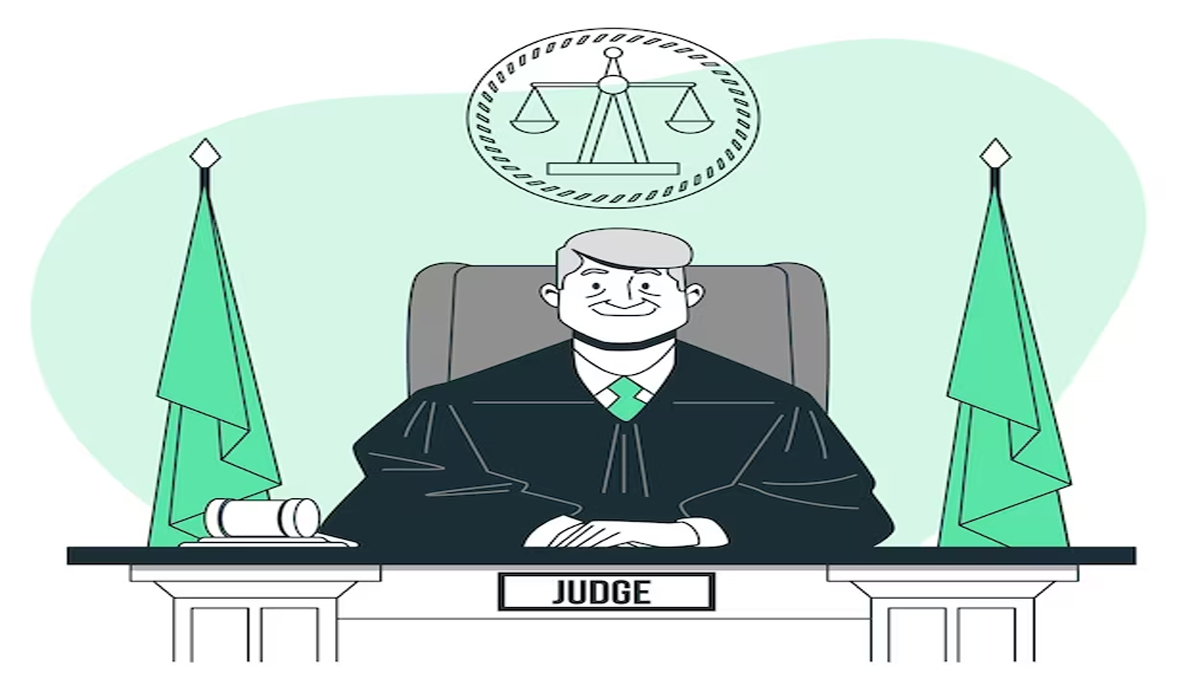Regrettably, these incidents of gun violence within court premises are not isolated cases. For instance, in July at the Tis Hazari District Court in Delhi, two groups of lawyers, including bar association office bearers, fired shots after an altercation. Similarly, in April of the same year at the Saket Court in New Delhi, a man dressed as a lawyer attempted to shoot his wife but accidentally injured a lawyer in the process.
Tragically, these acts of violence are not limited to 2021 alone. In 2019, Darvesh Yadav, the first woman President of the Uttar Pradesh Bar Council, was fatally shot inside her chamber. Moreover, in September 2021, a lawyer named Bhupendra Pratap Singh was shot and killed inside the Shahjahanpur District Court complex in Uttar Pradesh. That same month, three individuals, including a gangster named Jitender Gogi, were killed in a courtroom at the Rohini Court Complex, where two individuals posing as lawyers perpetrated the attack and were subsequently shot down by the police.
The recurring nature of these incidents raises concerns about the safety infrastructure in district courts. Inadequate security systems, outdated surveillance equipment, and a lack of sufficient security personnel contribute to the vulnerability of court premises. Additionally, the absence of stringent access control mechanisms and visitor screening procedures allows unauthorized individuals to enter courtrooms armed with weapons.
In response to some of these incidents, the Delhi High Court took proactive measures to enhance security in Delhi courts. However, despite efforts to improve security, the recent shootouts at Tis Hazari and Saket suggest that more needs to be done.
Recognizing the severity of the situation, the Bar Council of India (BCI) urged the Supreme Court to establish a specialized security force for the protection of judges and lawyers in higher and subordinate courts. Moreover, the Delhi High Court directed the Delhi government to consider enacting the draft Advocates Protection Bill, which was framed by a coordination committee of All District Courts Bar Associations in the capital. The bill aims to address the increasing violence against lawyers in Delhi courts.
Furthermore, Rajasthan passed a law for the protection of lawyers, making it the first state in India to do so. This bill seeks to prevent offences of assault, grievous hurt, criminal force, and criminal intimidation against advocates and damage or loss to their property.
Despite these efforts, the situation remains concerning, as the implementation of security procedures appears inadequate, and the root causes behind the violence have not been fully addressed. Lawyers practicing in various courts have expressed their concerns about the lack of significant change in security measures since incidents as far back as 2011 when a bomb exploded at the Delhi High Court’s gate. Senior Advocate Sanjoy Ghose emphasized the need for a comprehensive assessment of court security requirements, suggesting the establishment of a specialized cadre for judicial security and the implementation of smart cards for lawyers and streamlined issuance of passes for visitors.
In conclusion, the recent history of security lapses in district courts in northern India underscores the urgency to address the safety concerns within these premises. It is essential for authorities to take comprehensive measures to ensure the protection of lawyers, judges, and all individuals seeking justice within the court system.
